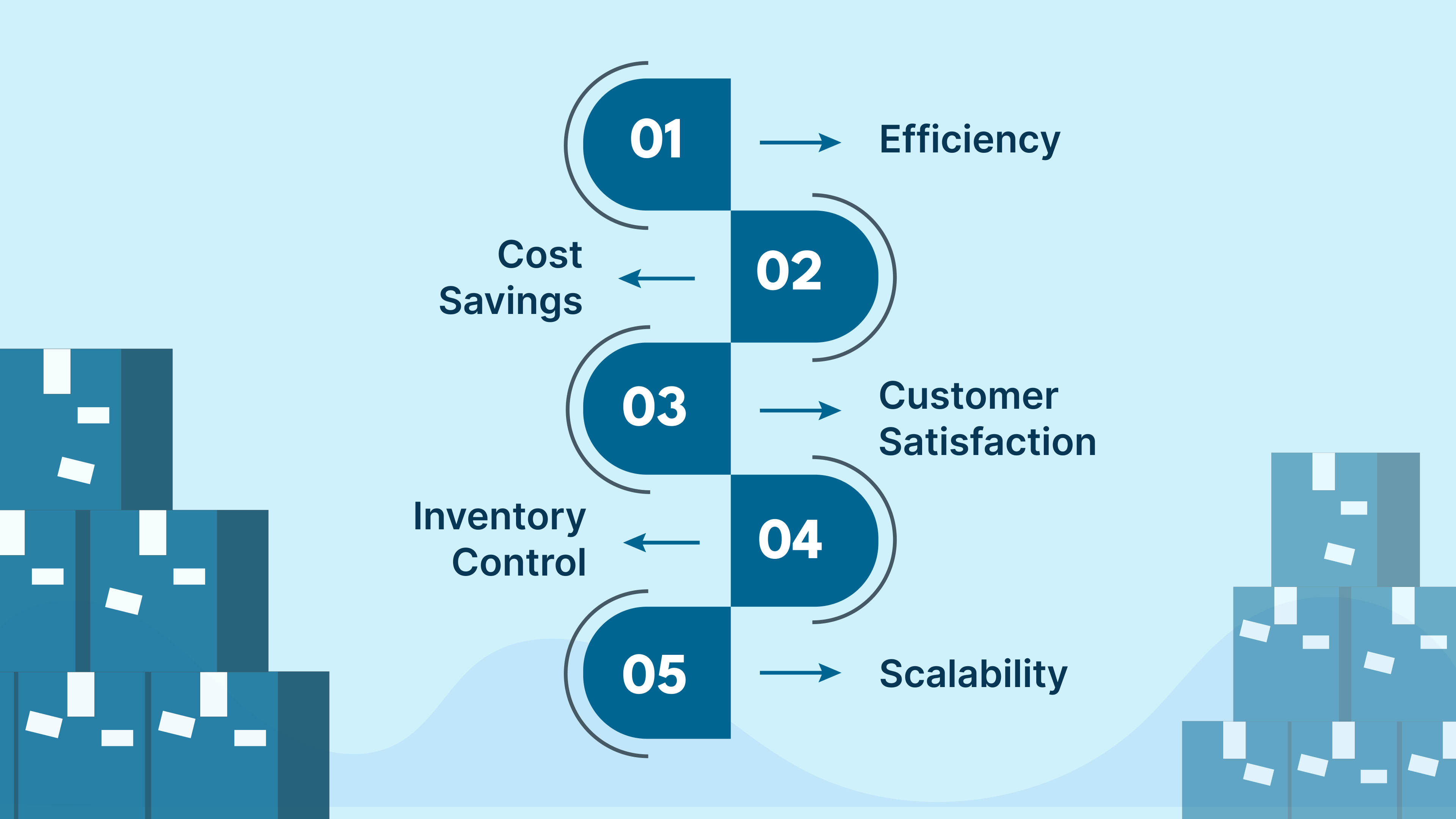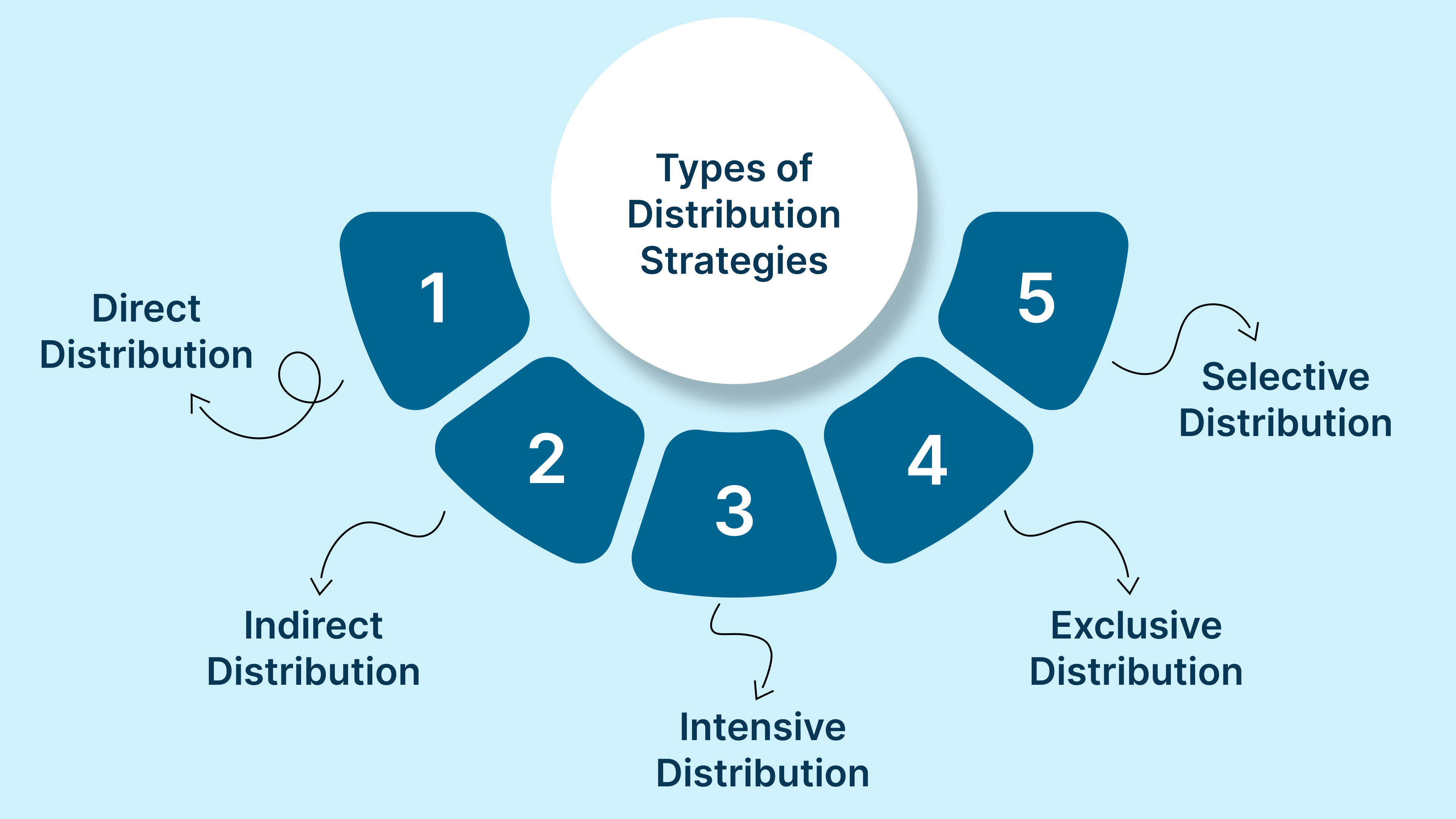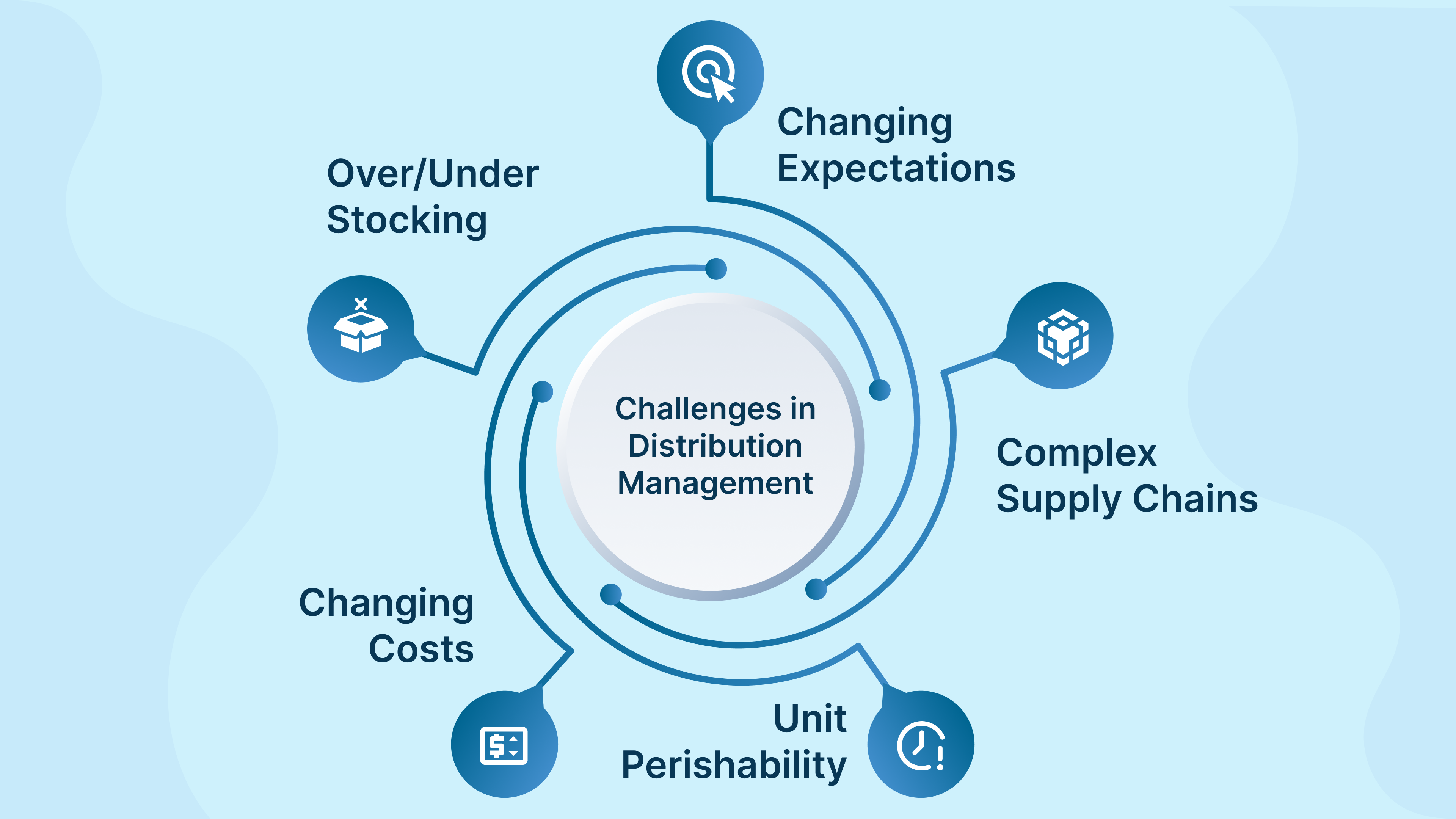How do you streamline your distribution network in the Philippines while ensuring your products reach customers on time and without breaking the bank?
To enhance the efficiency of your distribution network in the Philippines, it’s crucial to optimize each step of the supply chain. By using advanced technologies, strategic partnerships, and streamlined processes, businesses can ensure timely deliveries while minimizing operational costs, ultimately improving both efficiency and customer satisfaction.
In fact, e-commerce user penetration is expected to grow from 20% in 2025 to 31.9% by 2029. This highlights the growing demand for efficient distribution systems to cater to an expanding online shopping market.
Distribution management means overseeing how goods move through your supply chain, including inventory, warehousing, and delivery. The goal is to ensure that products are delivered on time, in the right quantities, and at the right cost, providing customers with the best service possible.
Managing distribution effectively requires a thorough understanding of the entire distribution network, including suppliers, warehouses, and transportation partners. Proper distribution management not only improves operational efficiency but also enhances customer satisfaction by ensuring timely deliveries and reducing errors.
With a clear understanding of what distribution management entails, it’s important to recognize the tangible benefits it brings to a business. Let’s go ahead and explore the advantages.

Implementing an effective distribution management strategy can help your business in several important ways. Let’s explore each benefit one by one to understand how they can improve your operations and growth.
Looking for financial support to grow your e-commerce business?
Apply now.
Understanding various distribution strategies is key to building an efficient and effective distribution system. Depending on your business needs and goals, these strategies can help optimize your supply chain and effectively reach your target market.
Direct distribution occurs when a company sells its products directly to the end customer without relying on intermediaries. This method offers businesses complete control over their pricing, customer experience, and product positioning. It’s commonly used for online retailers and businesses with specialized products.
In indirect distribution, businesses rely on intermediaries such as wholesalers, retailers, or distributors to reach customers. This strategy expands the product’s reach and takes advantage of established distribution networks.
Intensive distribution aims to make a product available at as many locations as possible. This strategy is best suited for low-cost, high-demand products like snacks, soft drinks, and toiletries. It ensures maximum exposure and accessibility for customers.
Exclusive distribution is typically used for luxury or high-end products. In this strategy, a manufacturer selects a limited number of distributors or retailers to sell its products. It helps maintain a premium image and control over pricing and distribution channels.
Selective distribution involves choosing a limited number of outlets to distribute a product. This strategy is ideal for products that are between mass-market and exclusive, ensuring that products are accessible but still maintain some level of control over the brand image.
Also Read: Understanding Distributed Warehousing for E-commerce Benefits
Next, let’s discuss the key factors that influence the effectiveness of distribution management.
Several factors determine the effectiveness of a distribution system, and businesses need to be aware of them to optimize their distribution processes:
After considering these factors, it’s essential to understand the challenges businesses may face. Let’s look into some of the common obstacles.
Get SameDay delivery in Metro Manila and NextDay delivery to select provinces in the Philippines.
Contact us to schedule a meeting.
Distribution management is complex due to factors such as evolving consumer expectations, multi-location supply chains, perishability of products, fluctuating costs, and inventory management issues. Below are some common issues businesses face and potential solutions to mitigate them.
Consumer expectations around delivery speed, cost, and service are constantly evolving, creating new challenges. To stay competitive, companies must adopt real-time tracking, offer multiple delivery options, and ensure greater transparency throughout the process.
Managing a complex, multi-location supply chain can be difficult. One solution is to implement Enterprise Resource Planning (ERP) systems that integrate different aspects of the supply chain, improving visibility and communication.
Perishable goods require careful forecasting and a reliable distribution system. Advanced demand forecasting tools, combined with temperature-controlled logistics, can help ensure that perishable goods are shipped efficiently, minimizing spoilage and waste.
Fluctuating transportation and logistics costs can hurt profit margins. By optimizing shipping routes, consolidating shipments, and negotiating with logistics providers, businesses can reduce these costs.
Maintaining accurate inventory levels is crucial to avoid costly stockouts or overstocking. Implementing Just-in-Time (JIT) inventory systems and leveraging demand forecasting software can ensure that products are available when needed while avoiding excess stock.
Let’s now move on to how Inspire Solutions Asia can assist you in improving your distribution management.
Also Read: How to Reduce Logistics Costs: Effective Strategies
At Inspire Solutions Asia, we offer comprehensive services that help businesses streamline their supply chain, reduce operational costs, and improve delivery times. Our expertise spans warehouse management, logistics optimization, and e-commerce integration, ensuring that your business operates smoothly and efficiently.
Here’s how we can help:
Want to optimize your distribution management?
Contact Inspire Solutions AsiaEffective distribution management goes beyond simply moving goods from point A to point B. It’s a strategic approach that helps businesses streamline their operations, cut costs, and improve customer satisfaction. By implementing the right distribution strategies and utilizing advanced technologies, you can optimize your supply chain to meet growing customer demands with greater efficiency.
At Inspire Solutions Asia, we specialize in enhancing distribution management with customized solutions designed to fit your business needs. Our expertise ensures that your distribution network operates seamlessly, driving success and profitability.
Optimize your distribution system for better performance and growth
Get in touch todayThe Philippines’ geography, with over 7,000 islands, necessitates multi-modal transportation. This complexity can lead to increased logistics costs and longer delivery times, requiring innovative solutions to ensure efficient distribution.
3PL providers offer outsourced services such as transportation, warehousing, and distribution. They enable businesses to focus on core activities while leveraging the expertise and infrastructure of 3PLs to enhance efficiency and scalability in distribution operations.
Last-mile delivery in urban centers like Metro Manila faces issues such as traffic congestion and limited parking. Companies are adopting strategies like extended delivery hours, use of smaller vehicles, and implementing intelligent transportation systems to mitigate these challenges and ensure timely deliveries.
Efficient returns management is crucial for maintaining customer satisfaction and operational efficiency. Best practices include clear return policies, streamlined processes for product inspection and restocking, and leveraging technology to track and manage returns effectively.
Infrastructure improvements, such as upgraded road networks and enhanced port facilities, play a vital role in reducing bottlenecks and delays in the distribution process. Investments in infrastructure contribute to smoother logistics operations and better connectivity across regions.